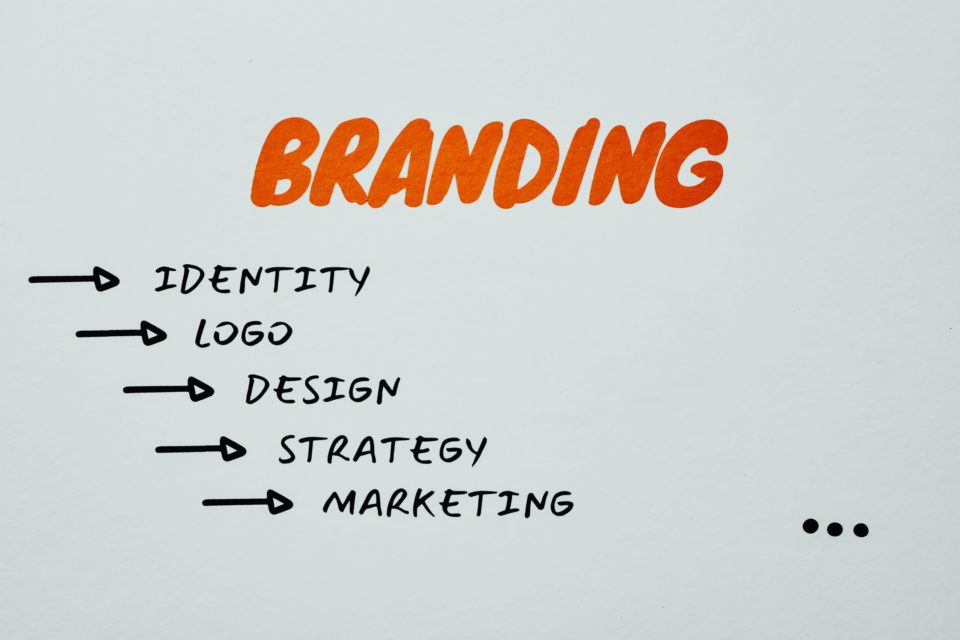
One way to measure overall ‘brand health’ is to know the strength of its brand assets.
Brand assets are all of the elements of the so called ‘brand identity’: anything that makes the brand recognisable in the market, but not just that. Strong brand assets make a brand memorable, and for good reasons: either because they are distinctive from the competition, or they strongly trigger all the memories, associations, experiences and emotions one may connect to a brand.
This is especially important at the point of purchase, the phenomenon one of the leading authorities on brand strategy – prof. Byron Sharp – calls ‘mental availability’. Thanks to prof. Sharp’s research at his Ehrenberg-Bass Institute for Marketing Science, we have two simply, but scientifically backed-up ways to measure how strong our brand assets are. This makes a huge difference in defining the overall brand strength and the growth of a brand.
The usual brand assets are:
- brand name
- logo (both the ‘badge’ and the font)
- brand ‘face’ such as a mascot or an endorser (celebrity, influencer, expert or an employee), think ‘Michelin Man’, Compare the Market’s meerkat Alexander Orlov, Duracell Bunny, Marlboro Cowboy etc.
- product itself, if it’s unique in its design or features (e.g. Apple, Rimac, Red Bull)
- packaging (e.g. Toblerone, which also applies to the product itself)
- visual shapes/language (e.g. Coke’s red square with a white ‘ribbon’ in it)
- colours (e.g. UPS brown, Raiffeisen black & yellow, Milka purple)
- music (e.g. British Airways ‘Duet of the flowers’ by Delibes)
- Smell (e.g. Body Shop or Lush)
- Slogan (e.g. ‘Just Do It’)
- Experience (e.g. Ikea)
- Tone of voice (e.g. Ben & Jerry’s, Geico, Calvin Klein)
- Purpose (e.g. Patagonia)
In other words, anything can become a brand asset if it’s distinctive and used frequently, consistently and with emotional connection.
But, how to know if the assets are really cutting through and becoming a proxy for the brand, becoming memorable and distinctive?
Prof. Sharp and his team have shown that two measures are critical for this: Fame and Uniqueness of brand assets.
Fame is simply the percentage of customers in your category that connects a brand asset to your brand. They see the asset and say ‘ah, yes, that is/could be a brand X’.
However, Uniqueness is the percent of customers in your category that connects this asset to you alone – there is no confusion with competitors. No one can confuse a piece of Toblerone chocolate or black/yellow colours of Raiffeisen with anyone else in their category.
The aim is to have 100% score on each of these dimensions, for every asset, everything else means that the brand can perform a bit better.
Of course, not all of the assets are equally important in its distinctive power and understanding that can helps us manage the brand building budget better. But, that is another story that we cover in our classes…

Lazar Džamić
Business School Professor of Practice
